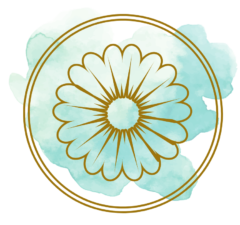What is Montessori Education?
Montessori is a method of education that is personalized to each child’s learning style, stage of development, and interests. Children develop complete academic and well-being foundations through hands-on experience, real-world application, and problem-solving using the Montessori Method of education.
The Montessori Method of Education
Montessori is a method of education that was developed by Doctor Maria Montessori. It’s worldwide and has proven successful for more than 100 years. It offers a broad view of education as an aid and a preparation for life.



Maria Montessori started her career as a Doctor; however, through her work with underprivileged children, she moved from medicine to education. She used her training as a scientist to observe how children learn and applied this to develop a better way to educate children with astounding results.
In 1907, Doctor Maria Montessori opened her first Casa Dei Bambini’ or ‘Children’s House’ for young children who weren’t old enough to attend school. Within one year of applying her new method of education, many of her students were able to read, write, and do basic mathematics. News of her success spread across Europe, and the Montessori Method, as it came to be known, took off worldwide.
What’s most unique about Montessori is the prepared environment, which is also known as the Montessori classroom. It’s unlike anything you would see in a standard childcare center because it’s filled with educational materials that link learning outcomes to children’s needs and interests at specific stages of their development.
Each material teaches a specific learning outcome that progressively builds children’s knowledge and skills. Through repetition and practice, children master the five areas of the Montessori Curriculum, which include: Practical Life, Sensorial, Mathematics, Language, and Culture.
The role of the Montessori educator within this space is to observe what children are drawn to and introduce them to the materials that link to those interests, so learning is always purposeful and engaging.
This is why Montessori works. It recognizes that children learn in different ways, and at different paces, and Montessori meets them where they’re at. It provides children with a learning environment where they have respect, independence, and the freedom to direct their own learning experience. This results in high levels of motivation to learn, and children who love learning, naturally apply themselves and do well.

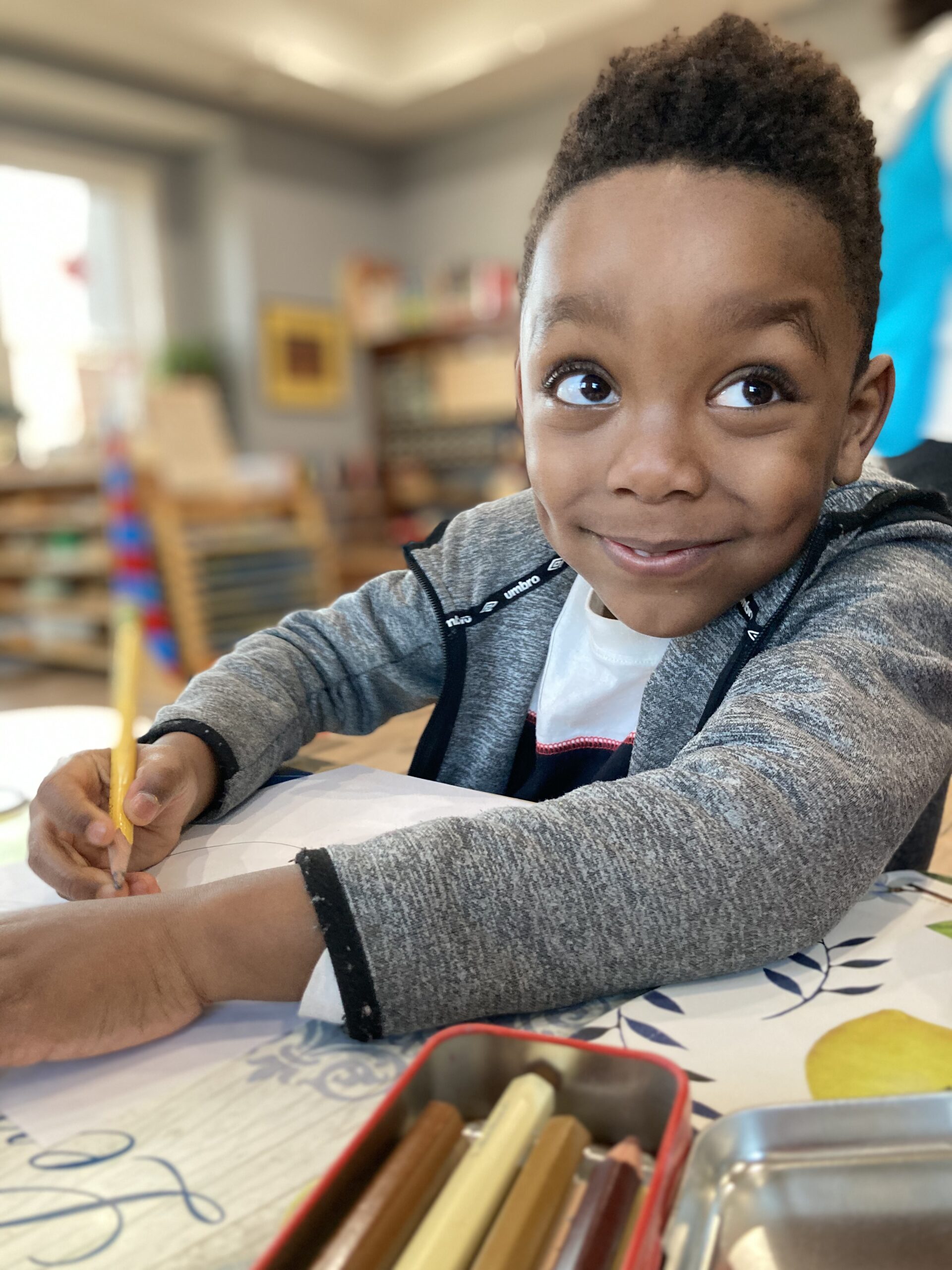
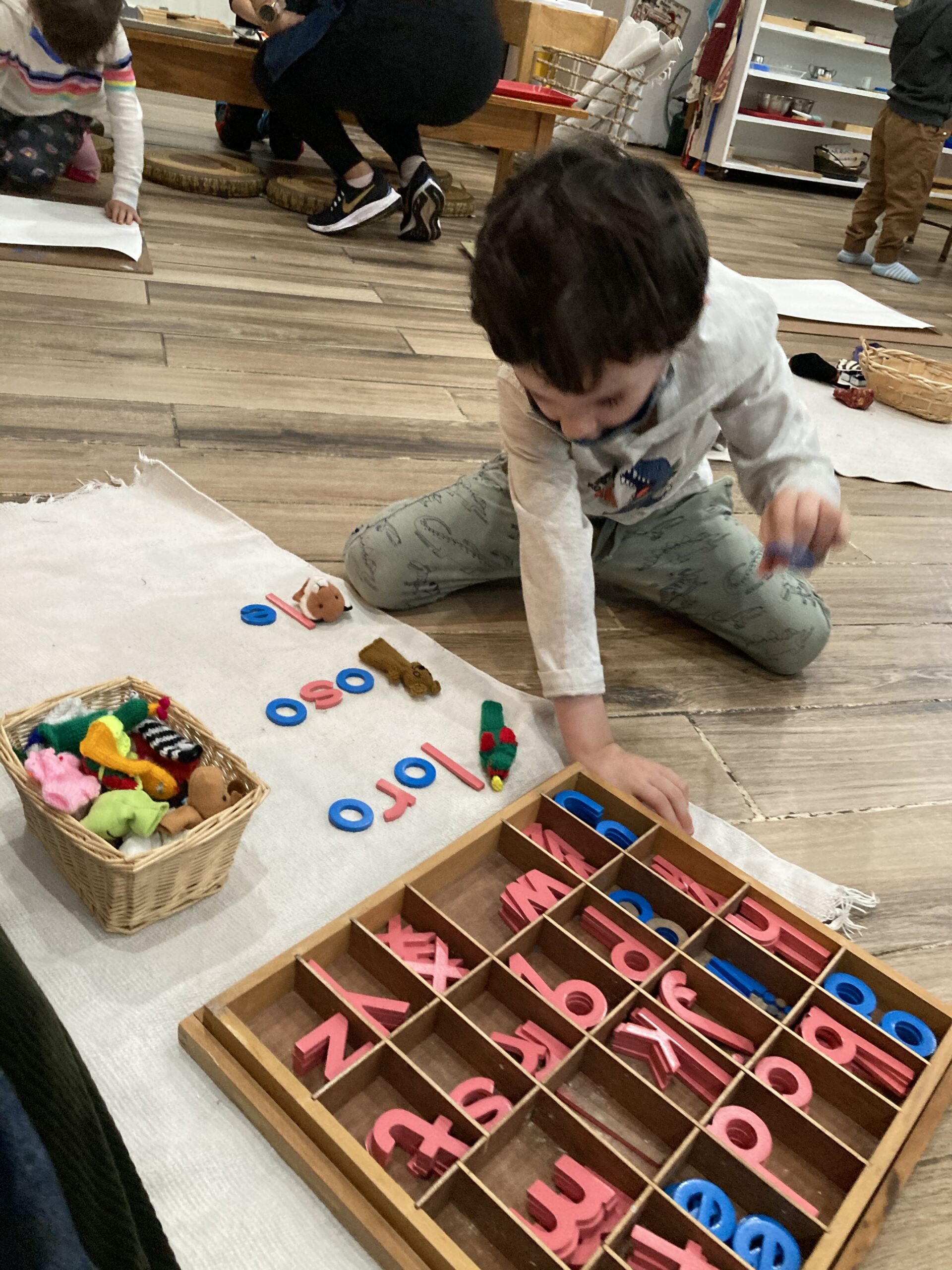
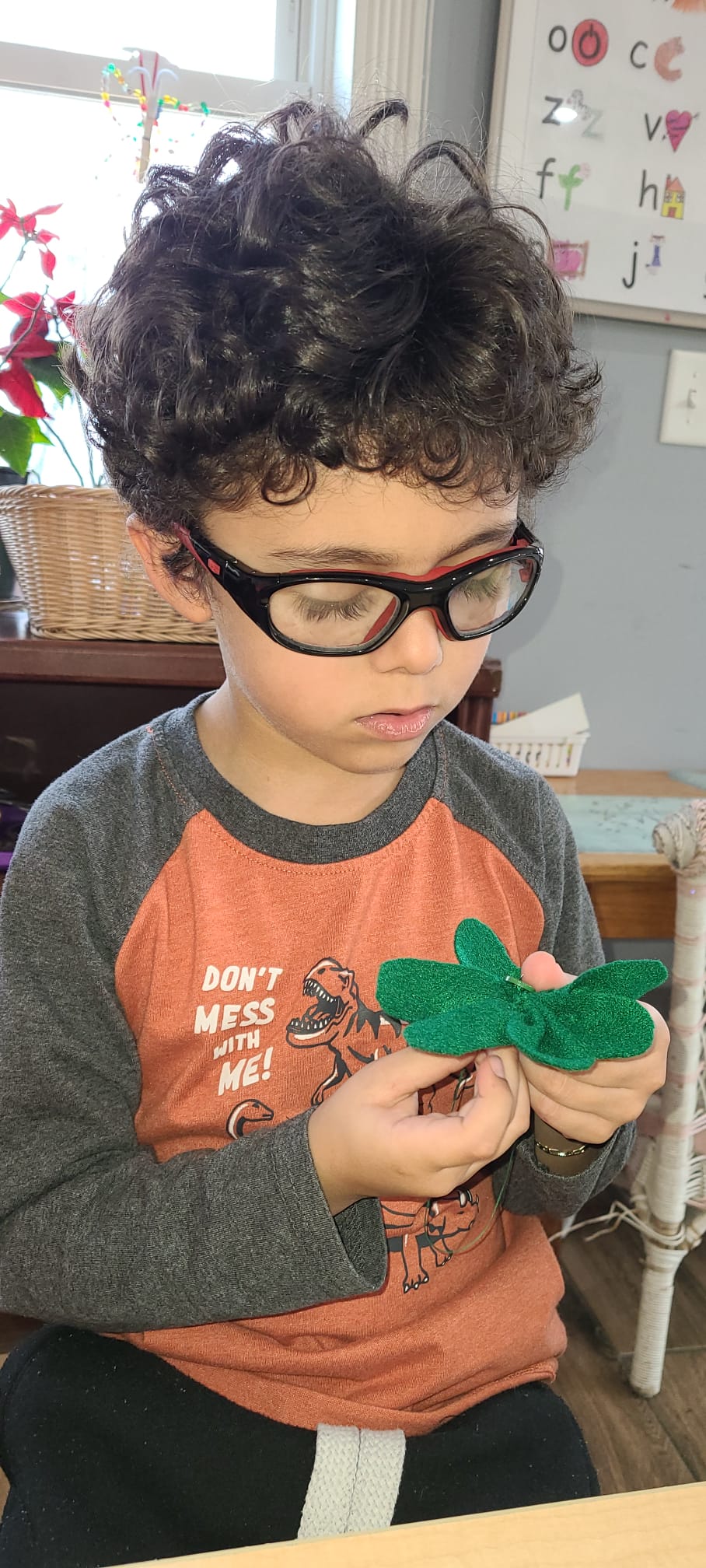
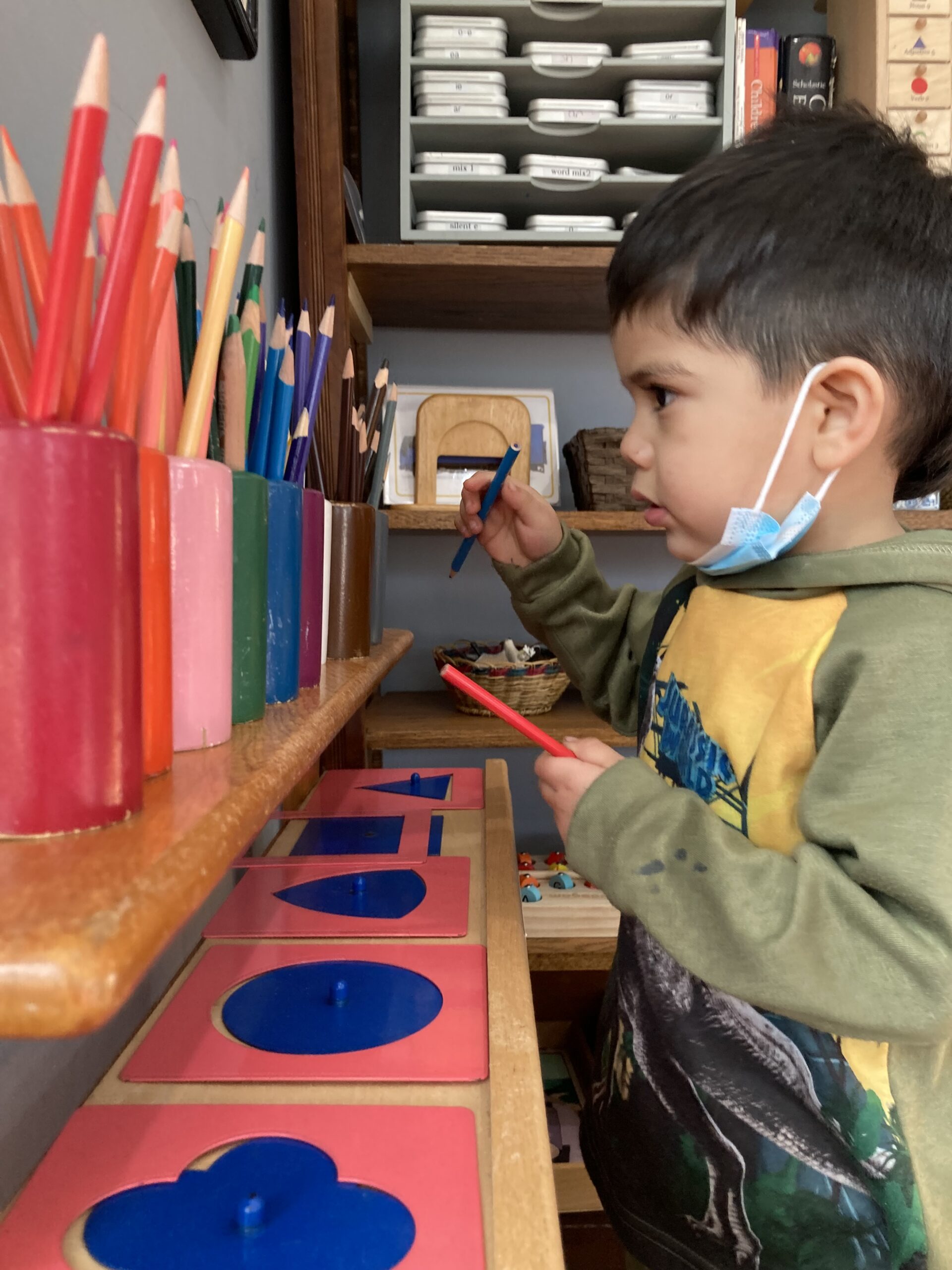
Tenets of Our Montessori Experience at
The Bilingual Montessori Lab Academy.
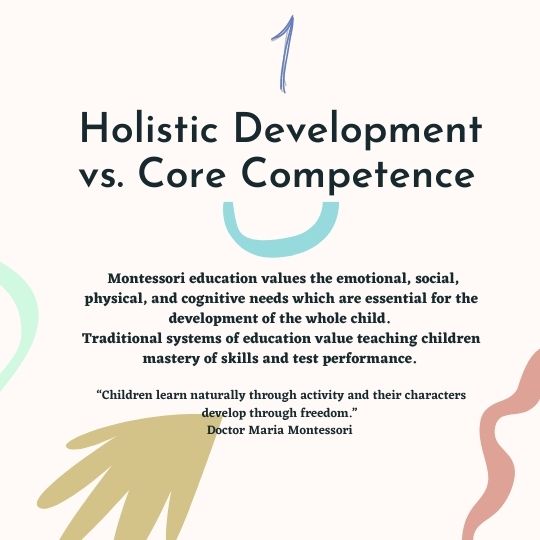
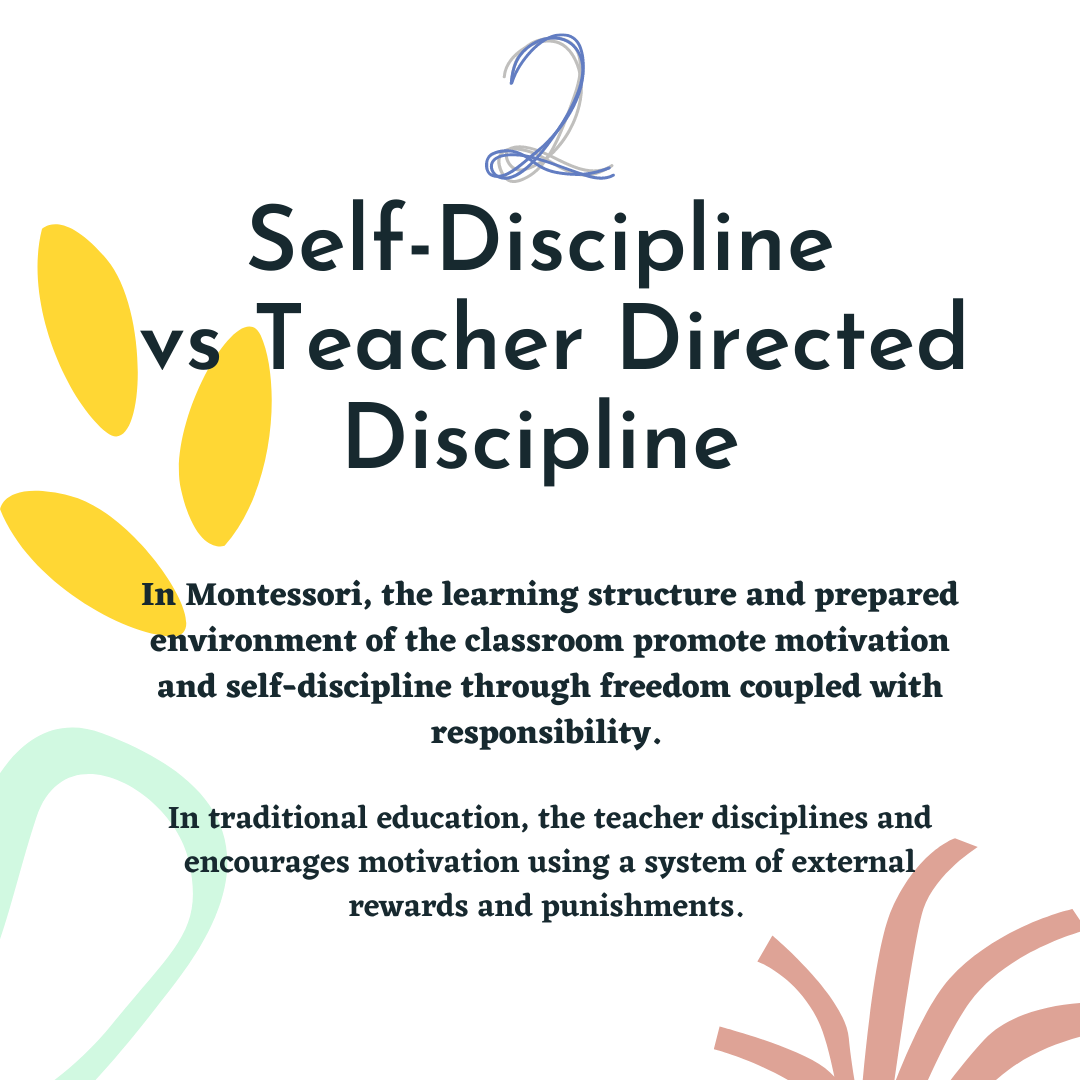
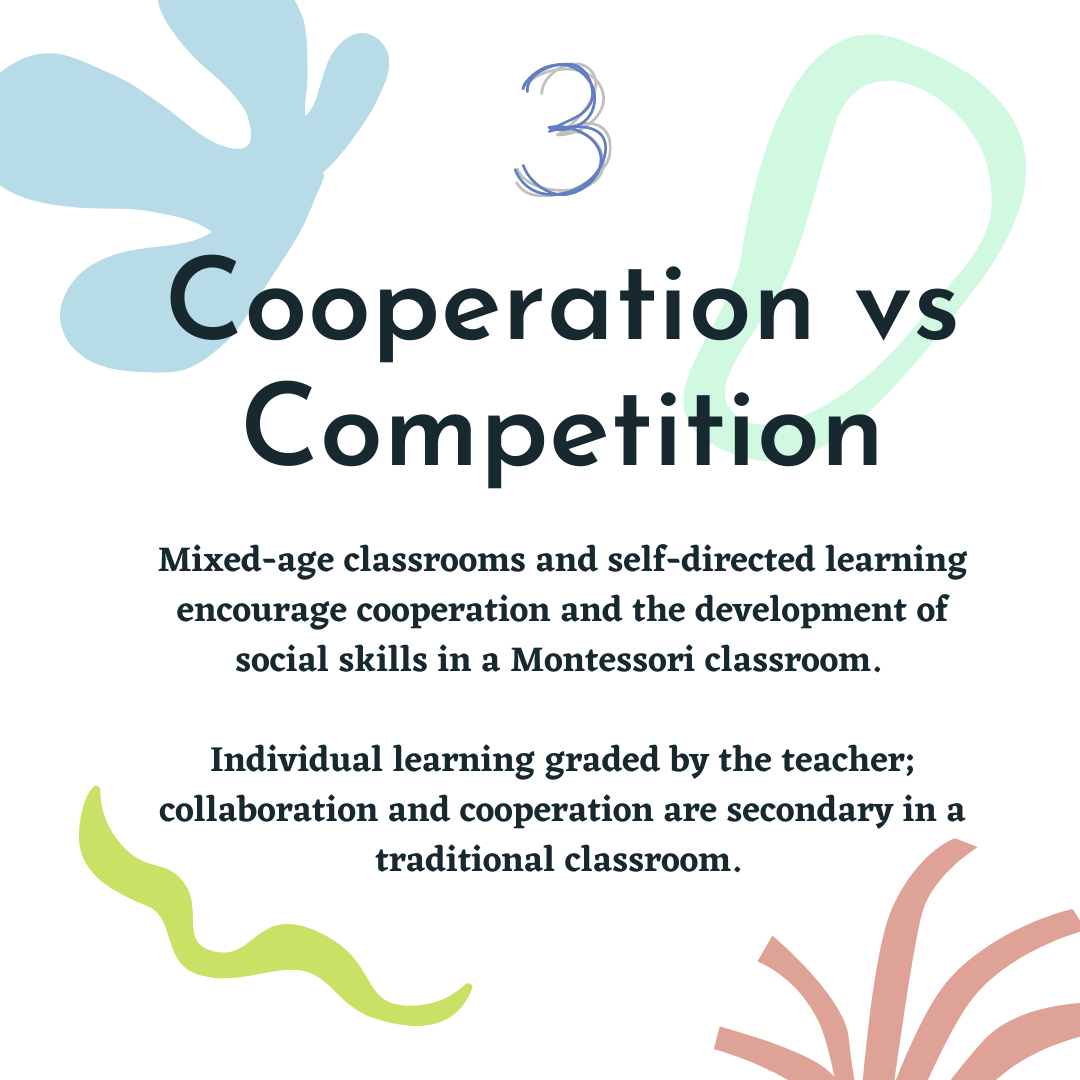
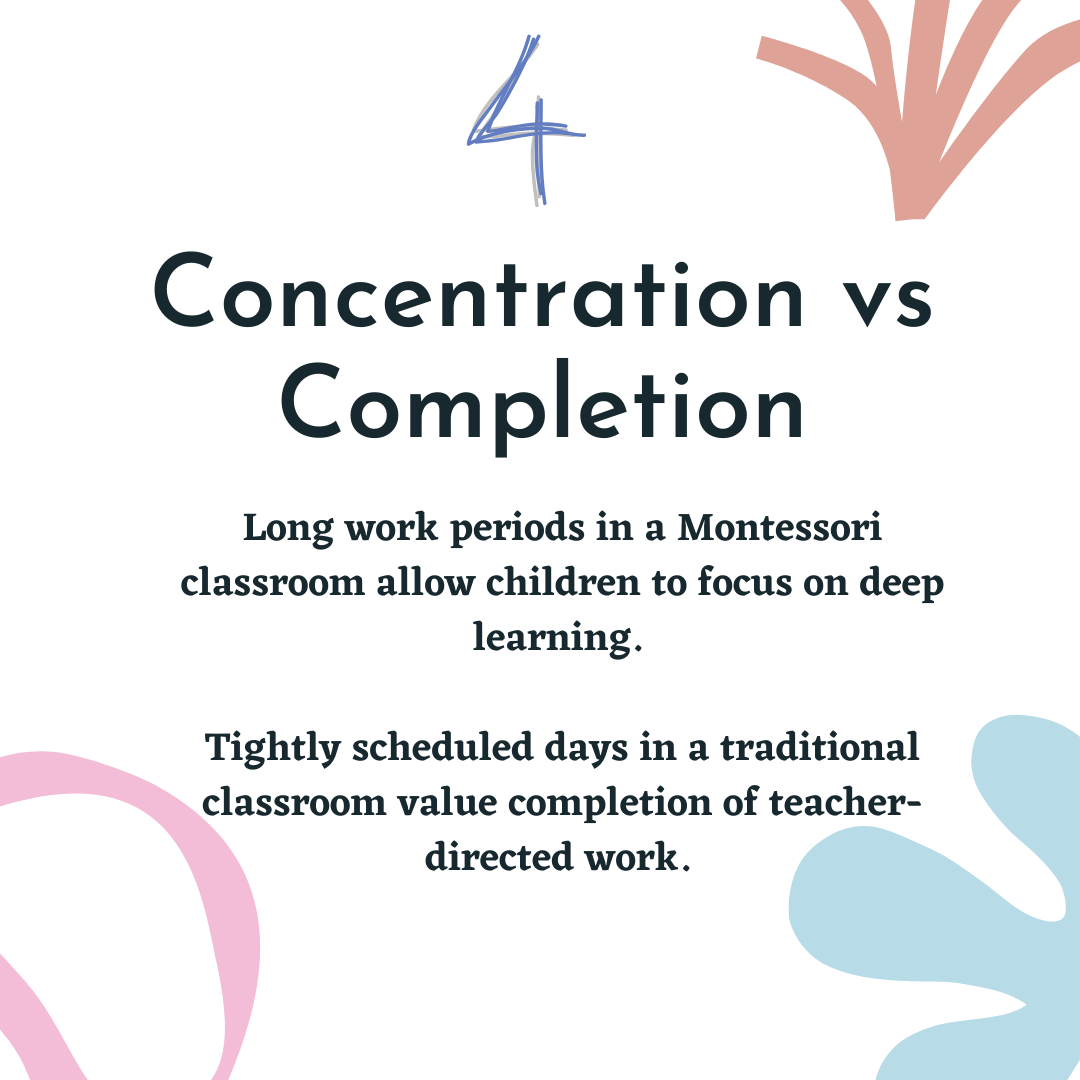
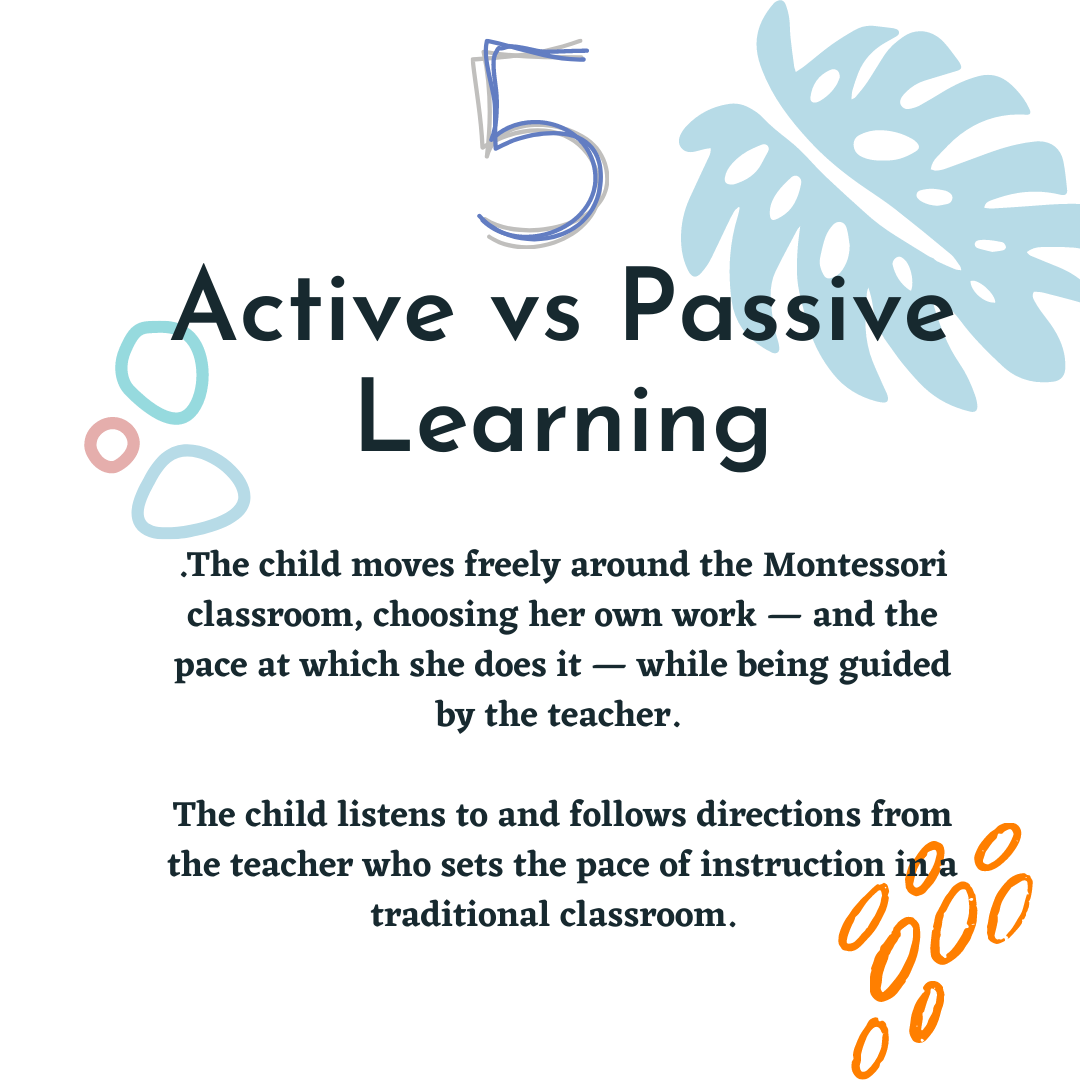
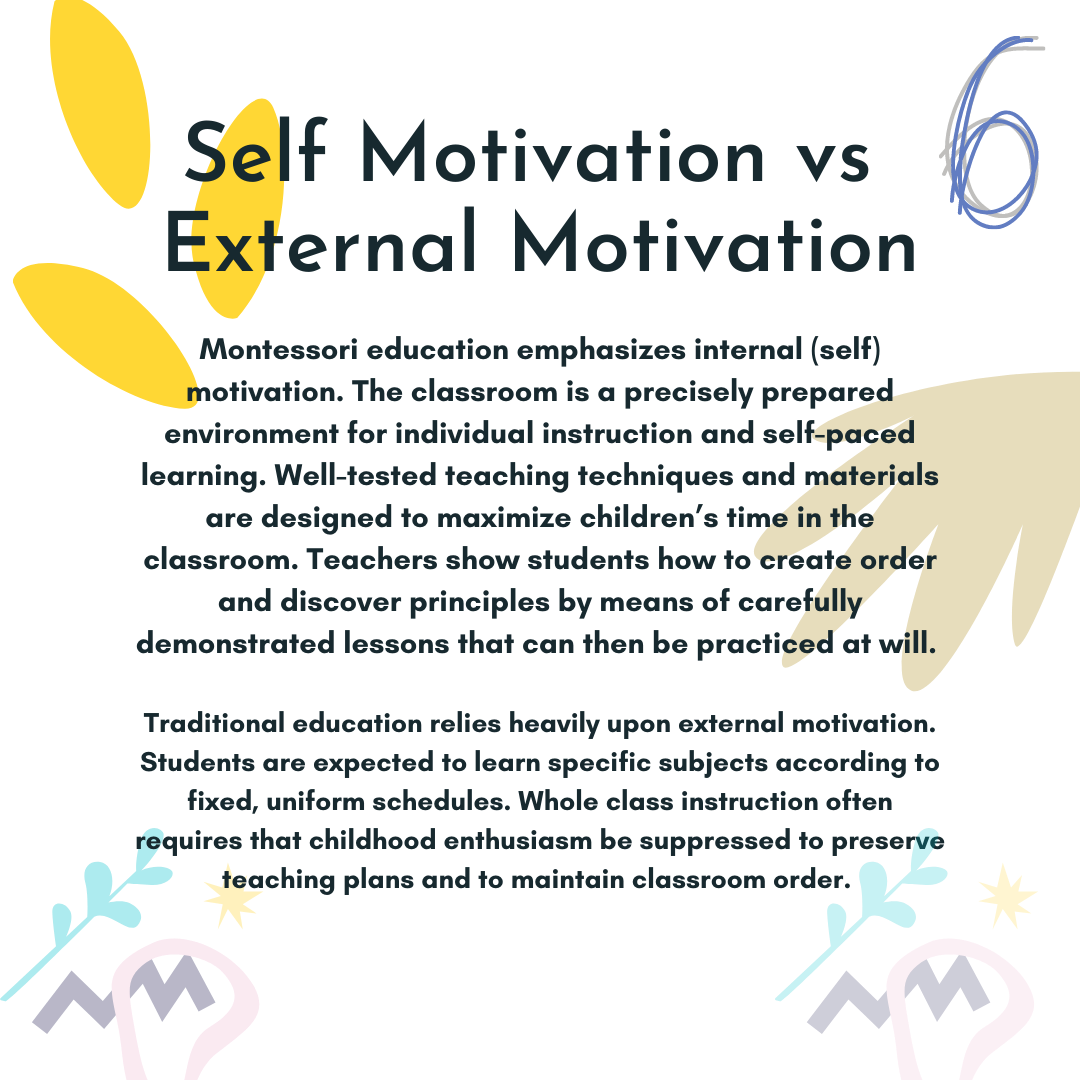
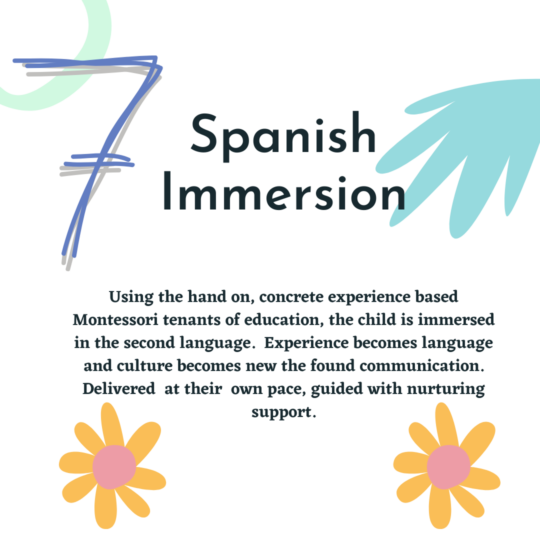
What Do Bilingual and Immersion Mean?
Language Immersion is a method of teaching a language, usually a second language where the target language (in our school it’s Spanish) is used as both curriculum content and media of instruction. Bilingual education may be said to start when more than one language is used to teach content (e.g. Science, Mathematics, Social Sciences, or Humanities) rather than just being taught as a subject by itself.
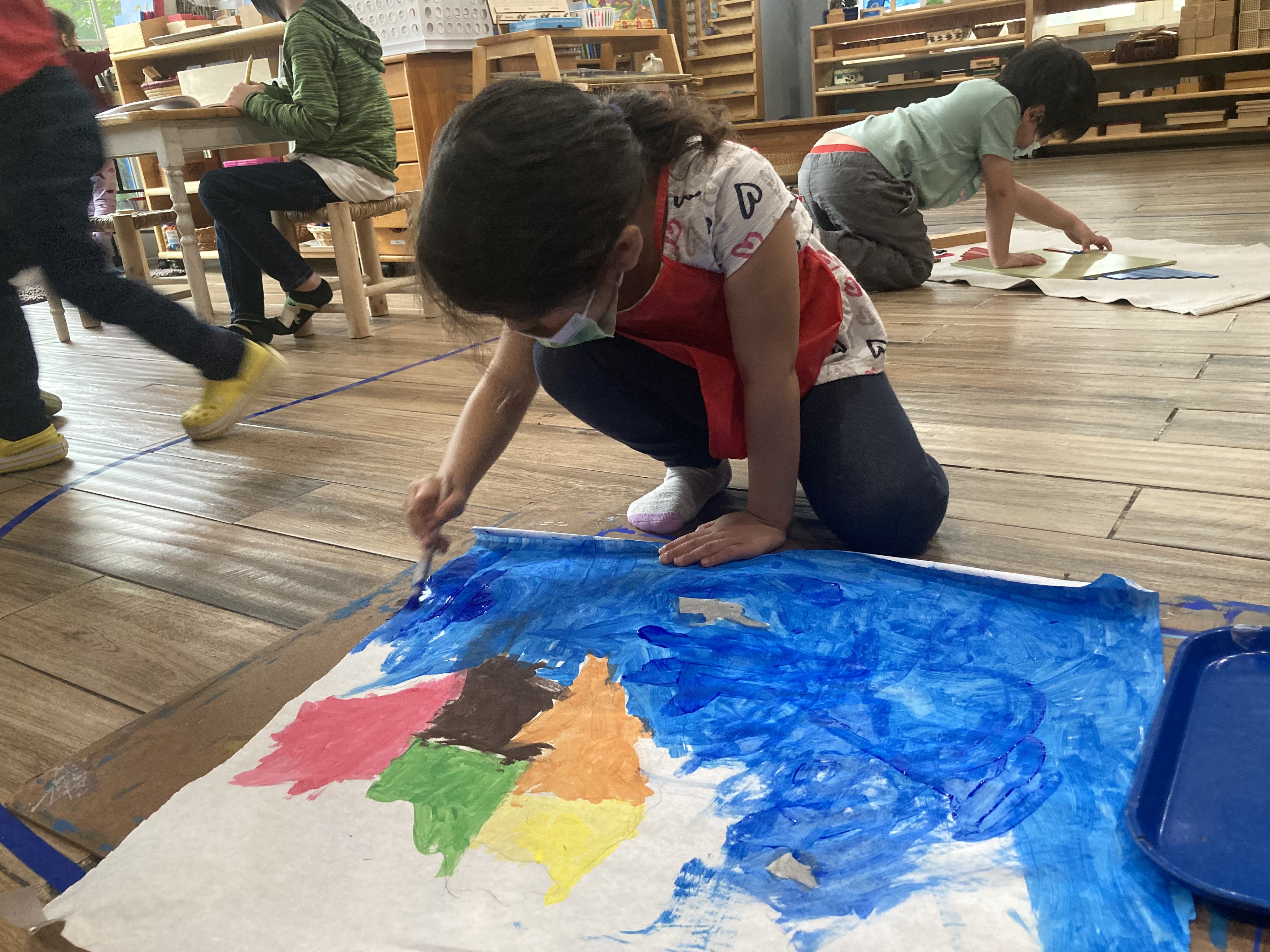
Three Levels of Language Immersion Levels by Age
- Early Immersion: Students begin the second language at the age of 5 or 6.
- Middle Immersion: Students begin the second language at the age of 9 or 10.
- Late Immersion: Students begin the second language between ages 11 and 14. In programs that utilize Immersion language education, students may enter and begin studies at different ages and different levels.
Early Immersion in a second language is preferable to late Immersion. Our Immersion program begins with children in a full language Immersion experience at the age of 3. Guided also by daily music experiences, songs, and rhythm, our early Immersion experience leads to fluency in both English and Spanish.
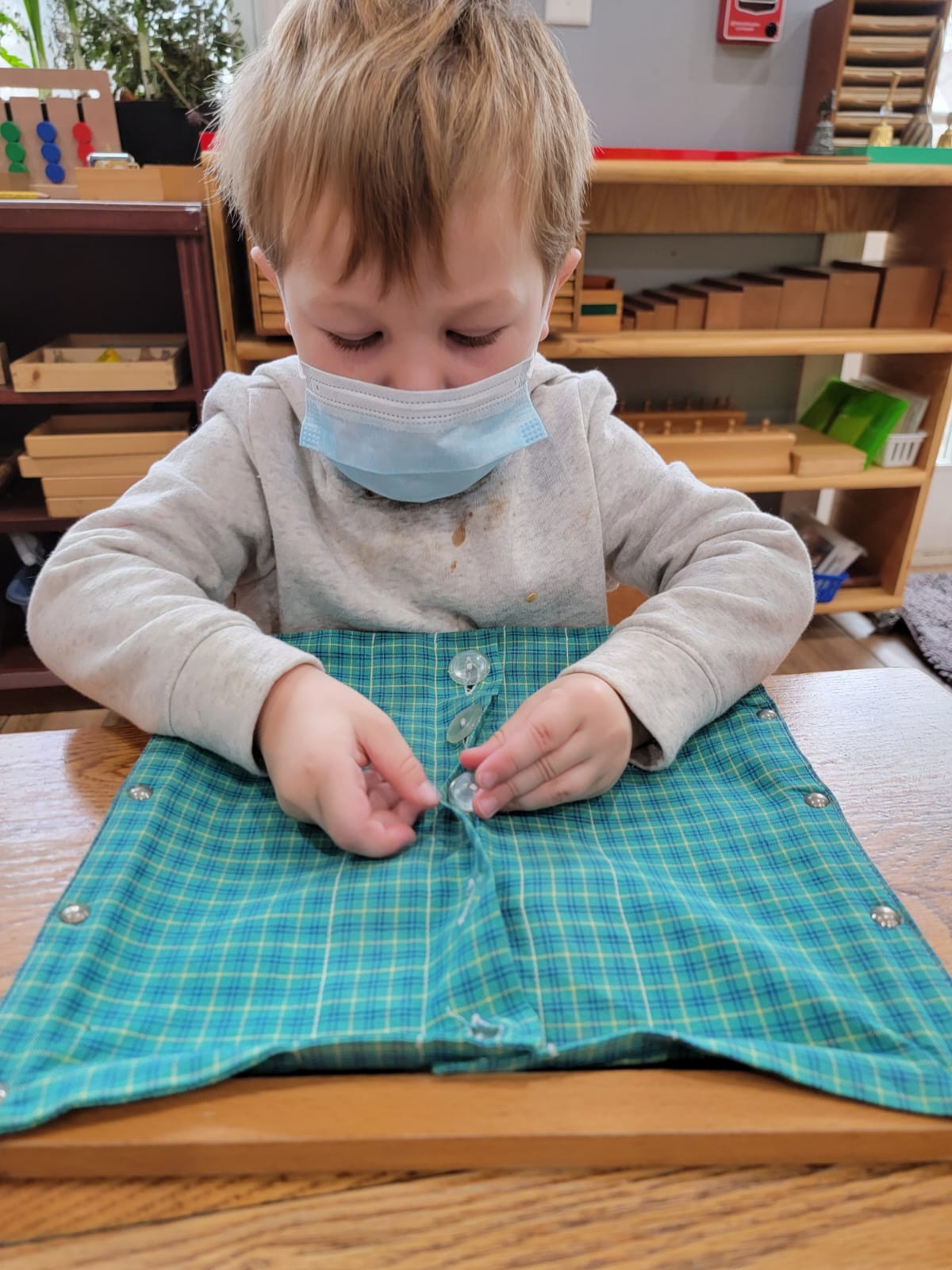
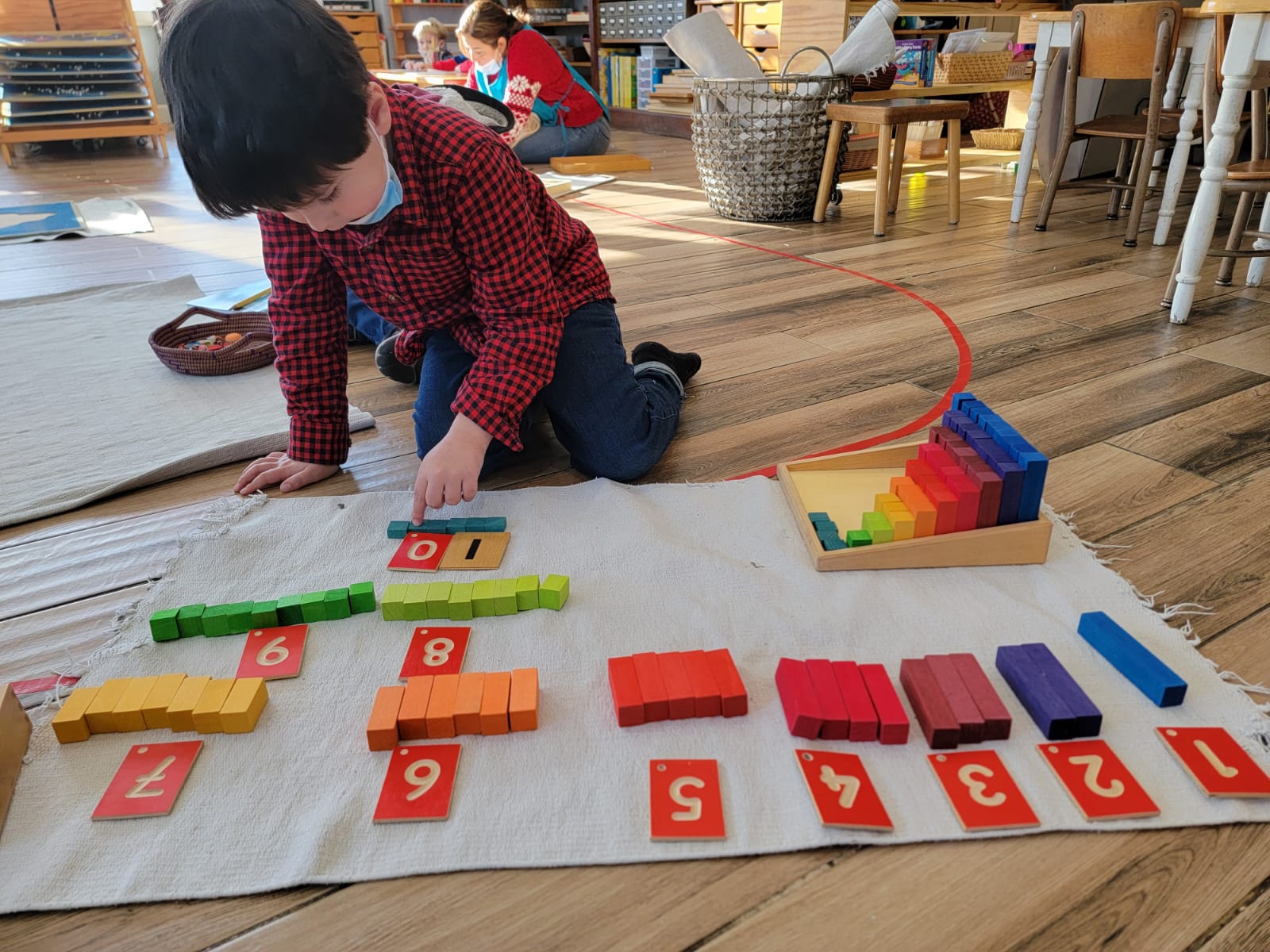
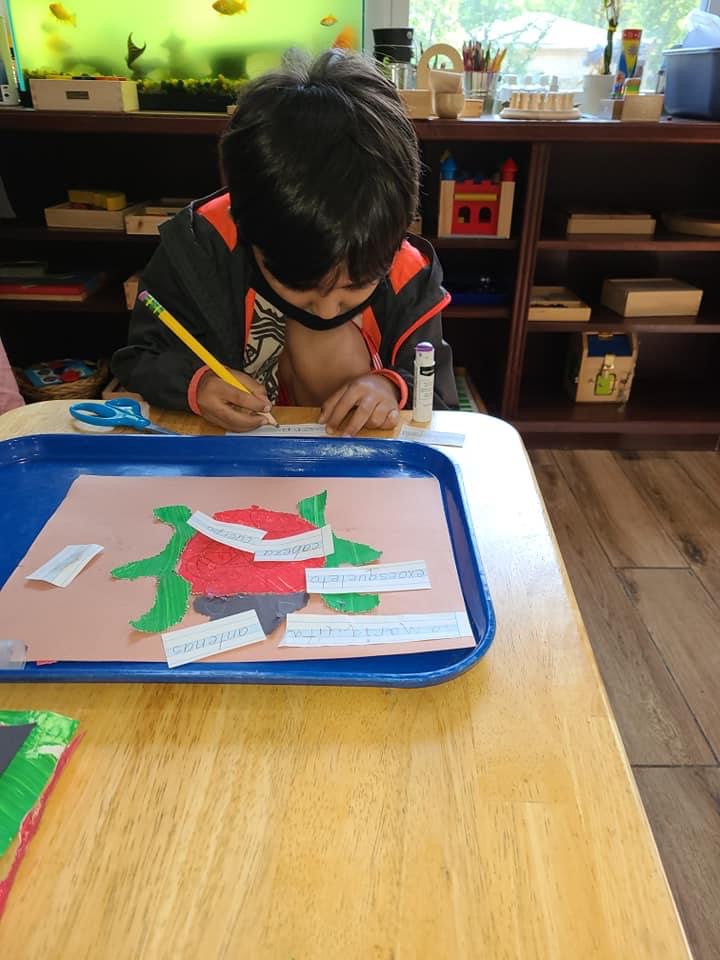
To further understand what Immersion means and the different types of Immersion available, we can distinguish three main types of Immersion:
• Total Immersion.
• Partial Immersion.
•Two-way Immersion.
In total Immersion almost 100% to 80% of the school day is spent in the second language, meaning that almost all subjects will be taught in Spanish.
Partial Immersion programs vary in their second language emphasis, spending only some (usually around half) of class time in the second language or target language. This is a 50/50 model for language acquisition.
An Immersion program type that has become popular in the United States is called two-way Immersion. This type can also be referred to as Bilingual Immersion, two-way bilingual, and two-way dual Immersion Bilingual. Two-way Immersion programs “integrate language minority students and language majority students in the same classroom with the goal of academic excellence and Bilingual proficiency for both student groups”.



Two-way Immersion programs vary greatly yet share Three Key Characteristics:
1. Instruction in two languages.
2. One language at a time.
3. Peer-to-peer facilitated language sharing.
It should be clear that not all Immersion programs are Bilingual. A classic definition of Bilingual education is provided by Andersson and Boyer: “Bilingual education is an instruction in two languages and the use of those two languages as mediums of instruction for any part, or all, of the school day.”
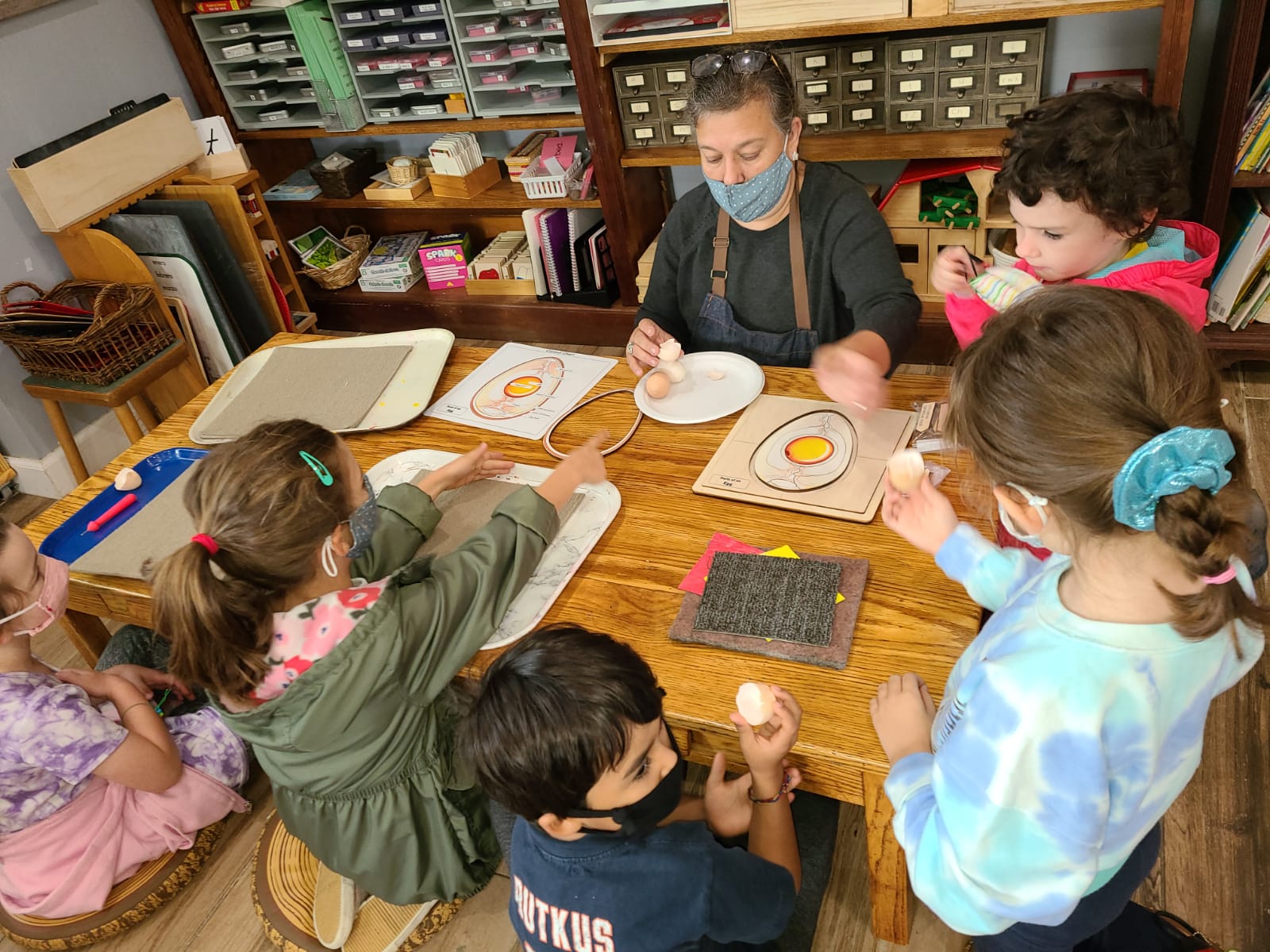
Our Immersion model takes a bit of the first and the third model of Immersion. We are an 80% Spanish Immersion curriculum, that uses extensions in the Montessori curriculum with the mother tongue (English), to develop bilingual education in all topics of the curriculum and to give the children fluency in both languages. Our School uses mainly Spanish for instruction to teach content. Language acquisition, and biliteracy, give a well-rounded bilingual experience to all the children in our school. Although Spanish is our main language of instruction, as the children grow, we ensure that they are exposed to content in both English and Spanish languages to further develop their fluency and literacy in both languages.
We focus on developing language fluency and not just understanding. Our school encourages the children to answer in Spanish when spoken to in Spanish so that the children develop confidence in their language acquisition. We help to develop that confidence through daily music lessons, storytelling, and theater. Our Schools creativity enhances the bilingual experience to build confidence in their language acquisition. Music is a strong part of our curriculum.
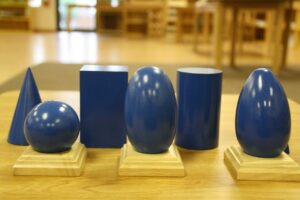
“The child who has never learned to work by himself, to set goals for his own acts, or to be the master of his own force of will is recognizable in the adult who lets others guide his will and feels a constant need for approval of others.”
– Maria Montessori, Education and Peace
